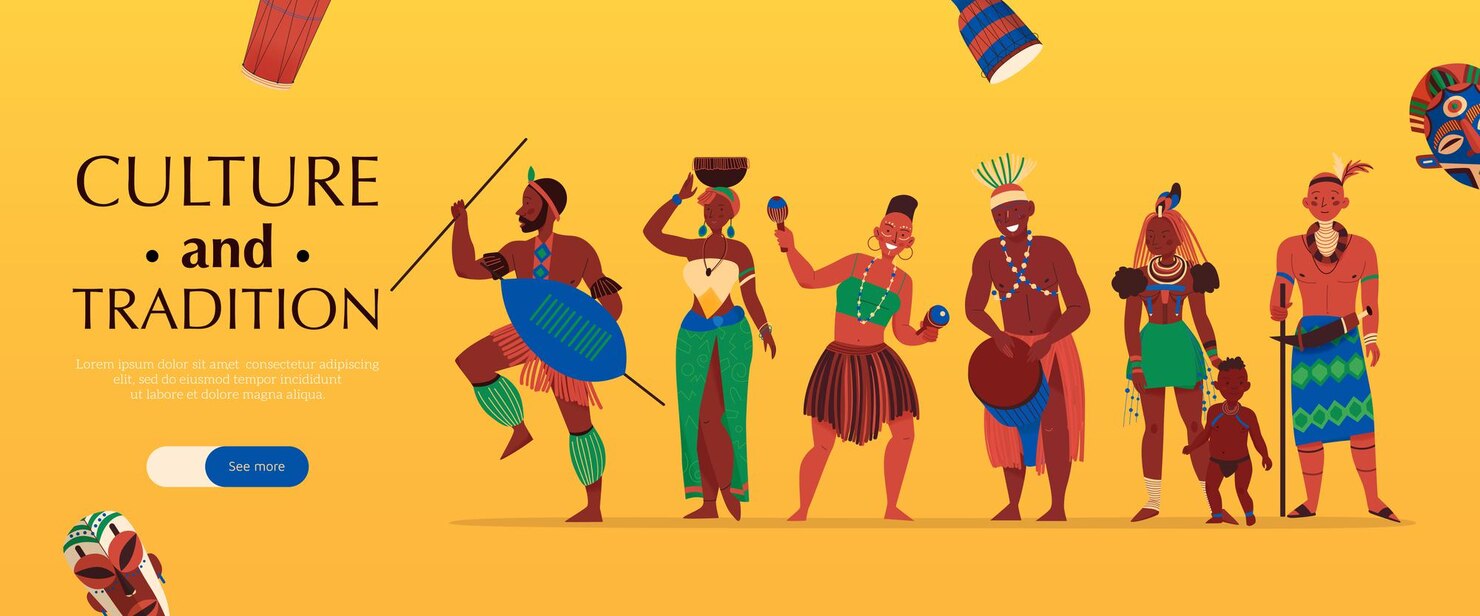Indigenizing the BC Curriculum
“I hope there is never a need for an Aboriginal learning or an Indigenous learning helping teacher. I want it to be something that we all automatically do. I want it to be a curriculum that honours and respects all our kids, but at the same time highlights and acknowledges and embraces the incredible contributions of our Indigenous communities. I want my kids to be proud to say that they’re First Nations.” – Heidi Wood













